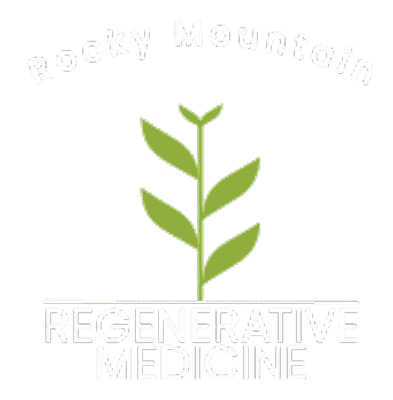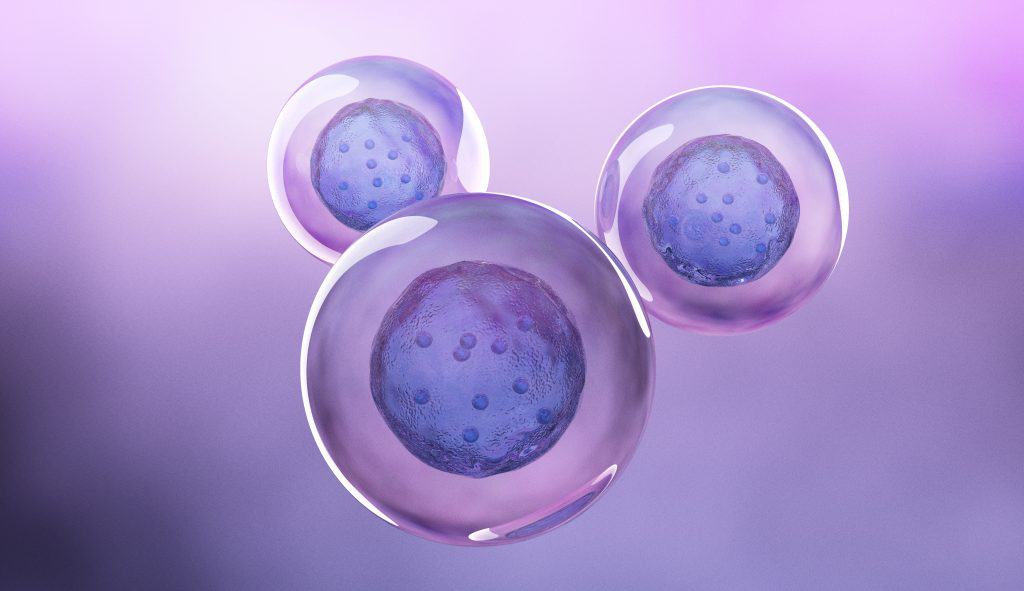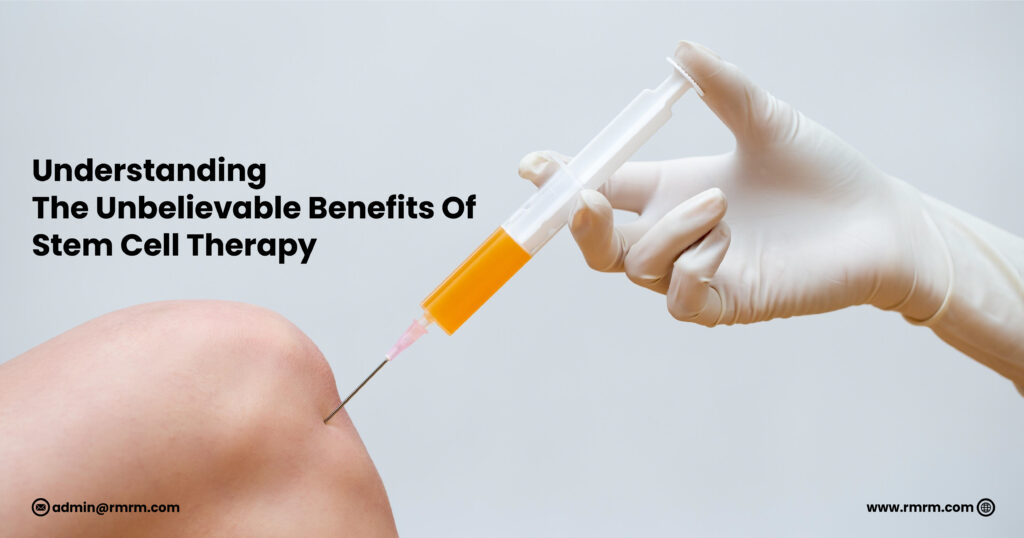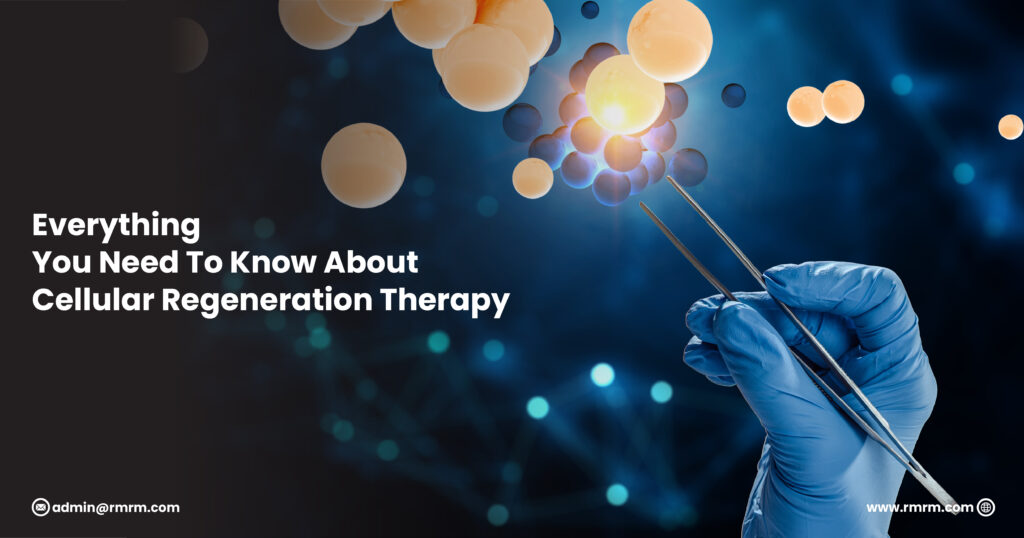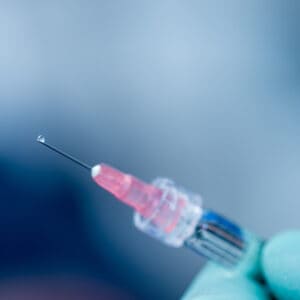 Our blood is primarily plasma, red blood cells, white blood cells, and platelets. Platelets are known for their role in clotting, but they also contain important growth factors, chemokines, and nourishing nutrients that play an important role in repairing and regenerating tissues that are injured. Their central role in healing is one reason platelets cluster together at the site of the wound immediately following injury.
Our blood is primarily plasma, red blood cells, white blood cells, and platelets. Platelets are known for their role in clotting, but they also contain important growth factors, chemokines, and nourishing nutrients that play an important role in repairing and regenerating tissues that are injured. Their central role in healing is one reason platelets cluster together at the site of the wound immediately following injury.
Platelet-rich plasma (PRP) is blood that’s been spun down to concentrate the platelet count beyond what’s available naturally in our blood.
RMRM uses its own proven and proprietary methodology for concentrating PRP at a level several times higher than other commonly practiced techniques.
Nagging injuries can be annoying to devastating, depending on severity. Conventional recovery requires MONTHS of rest, rehab, medications, and even surgery. PRP therapy is less invasive than surgery and a much better long-term solution to medications so you can get back to the sport you love and life as usual.
What to expect during a PRP session? Blood is drawn from an arm-vein into a series of syringes. Over the course of about an hour, platelets and growth factors made especially for you are then isolated and concentrated into PRP. Using image-guidance which may include ultrasound or fluoroscopy, we then inject your PRP into the injured area. If sedation is required to assist with the injection, we of course would discuss that with you beforehand and make sure all your questions are answered. From start to finish, a typical PRP therapy session can take 1-3 hours. Most clients return to work the same day, and ease back to activity over the ensuing several weeks.
What types of injuries stand to benefit from PRP therapy? If the injury is not severe enough to warrant stem cell therapy or it’s not otherwise desired, but the goal remains avoidance of surgery or taking medications to mask the symptoms, then PRP therapy should be given serious consideration. Musculoskeletal injuries that have responded well to PRP therapy include:
Knee Pain
ACL Tears
Knee Osteoarthritis
Meniscus Tears
Back Pain
Herniated Discs
Spinal Stenosis
Bulging Disc
Spondylolysis
Sacroiliac Joint
Pain After Lower Back Surge
Disc Tear
Shoulder Pain
Rotator Cuff Tear
Shoulder Labrum Tear
Shoulder Osteoarthritis
Hip Pain
Hip Surgery Alternati
Hip Osteoarthritis
Hip Labrum
Hip Tendon Tears
Wrist and Hand Pain
TFCC Tear
Carpal Tunnel Syndrome
Thumb Osteoarthritis
Foot & Ankle Pain
Ankle Ligament Tears
Ankle Tendon Tears
Ankle Osteoarthritis
Elbow Pain
Tennis & Golf Elbow
Tommy John Surgery
Other Condition
TMJ Syndrome
RECOVERY WITHOUT SURGERY: RMRM has developed our own proven method for concentrating PRP with yields greater than any other technique currently in clinical use. Injecting PRP obtained from your own body focuses the healing capacity of the platelets where it’s needed most. Treatments use only your own blood to make super-concentrated platelet-rich plasma (PRP). The whole procedure typically takes 1-2 hours but can vary from person to person, and is done with a local anesthetic/numbing medicine. We draw blood, process that blood for platelets and then inject the platelets where needed. Most people walk out of the office on their own and drive themselves home. There is some down some downtime for healing but this varies. Typically 2 weeks after the procedure people are back into all regular activities.
IS PRP RIGHT FOR YOU? Schedule a consult today.
